#mental health infographic
Text
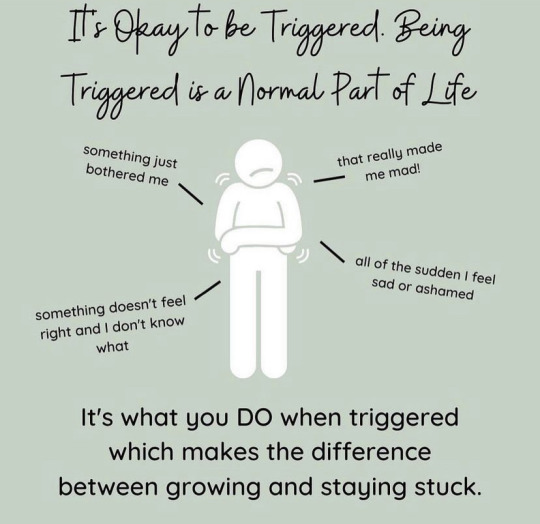
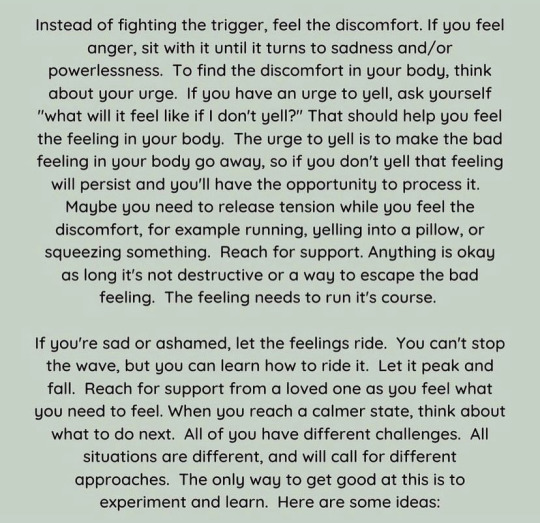
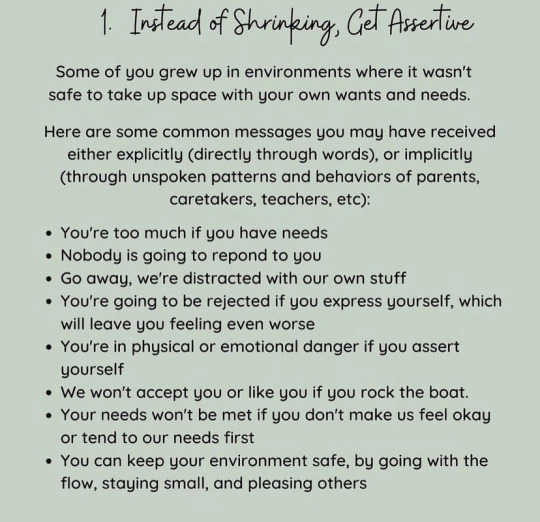




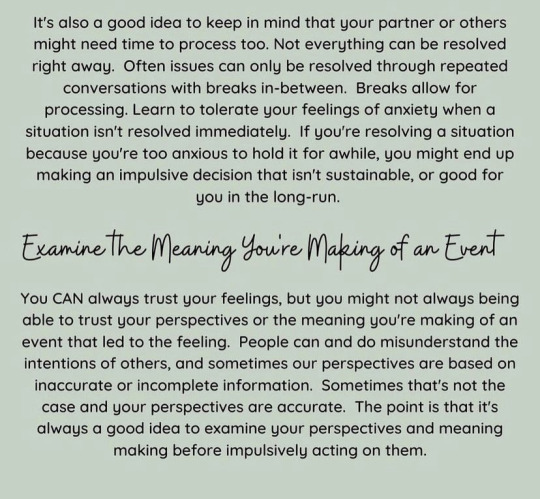

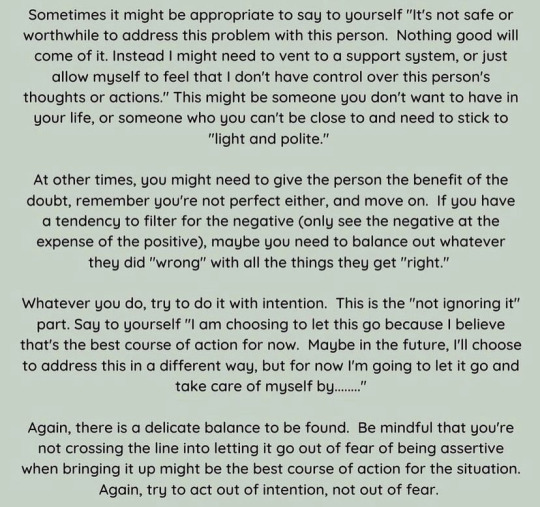
Credit
#mental health#positivity#mental illness#self care#mental health information#mental illness infographic#self help#info#infographic#mental health infographic#recovery#pro recovery#ed recovery#actually cptsd#actuallytraumatized#actually dissociative#low cal ed#actually ptsd#eating disorder recovery#borderline personality disorder#mental health awareness#ed not sheeran#trauma edit#not pr0 just for me#cptsd#dissociative identity disorder#attention deficit hyperactivity disorder#obsessive compulsive disorder#awareness#sad thoughts
268 notes
·
View notes
Text


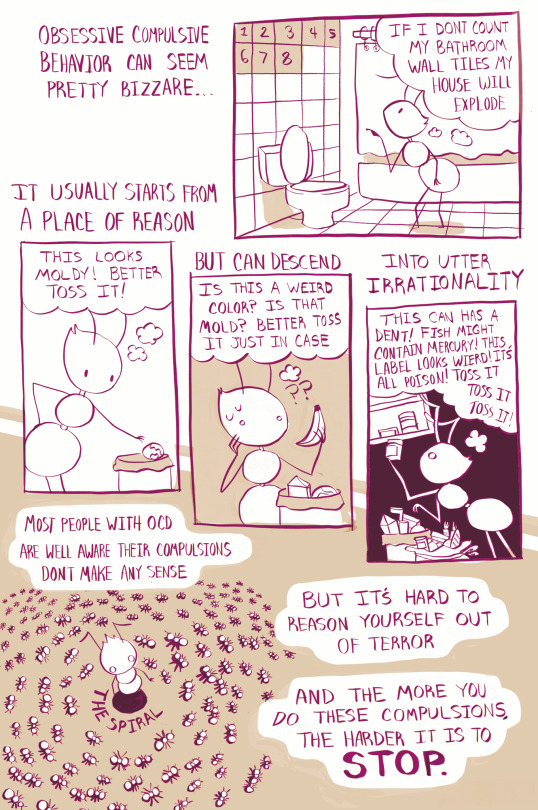



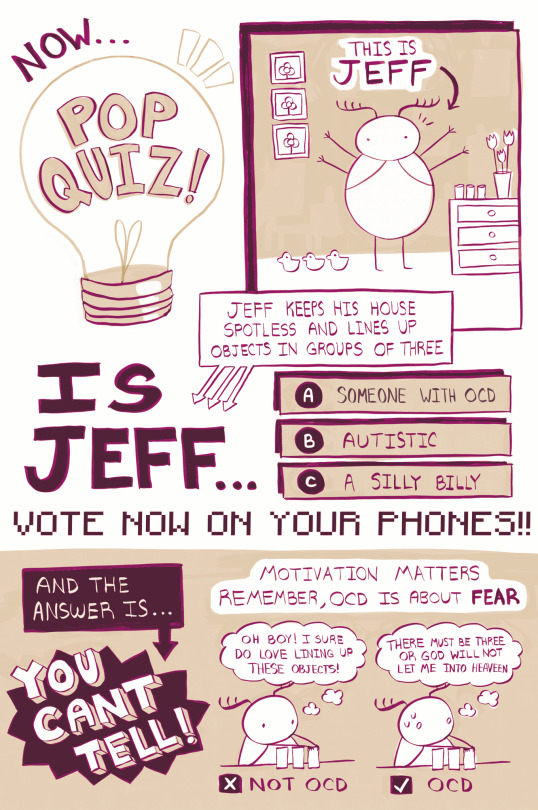


Greetings bugs and worms!
This comic is a little different than what I usually do but I worked real hard on it—Maybe I'll make more infographic stuff in the future this ended up being fun. Hope you learned something new :)
If you are still curious and want to learn more about OCD, you can visit the International OCD Foundation's website. I also recommend this amazing TED ED video "Starving The Monster", which was my first introduction to the disorder and this video by John Green about his own experience with OCD.
The IOCDF's website can also help you find support groups, therapy, and has lots of online guides and resources as well if you or a loved one is struggling with the disorder. It is very comprehensive!
Reblog to teach your followers about OCD
(But also not reblogging doesn't make you evil, silly goose)
#actually ocd#ocd#ocd tag#obsessive compulsive disorder#mental illness#mental health#neurodivergent#infographic#informative#comic#webcomic
49K notes
·
View notes
Text

#trauma survivor#trauma response#mental health#mental illness#mental health awareness month#ptsd#infographic
270 notes
·
View notes
Text

⛈️ On a scale from 1-10... ☀️
This design will be available as a magnet in my Etsy shop next month! 🌈🙂 etsy.com/shop/danneroni
#mental health#pain scale#infographic#mood wheel#graphic design#psychology#psychology tool#rainbow art#cartoon#furry art#anthro#merch design#expressionism#digital art#helpful art#useful art
133 notes
·
View notes
Text
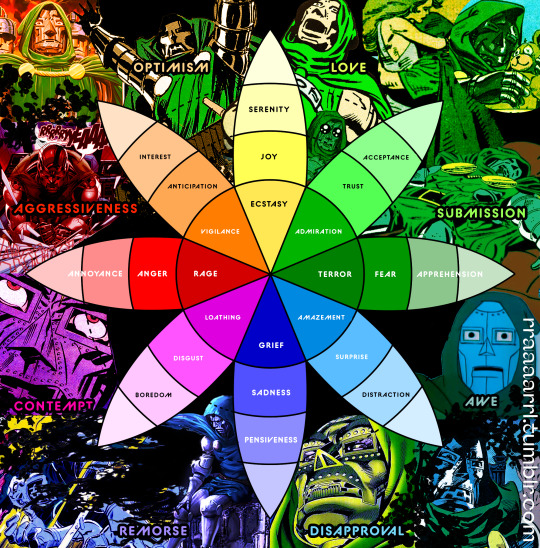
POLTROONS!
HEED DOOM'S LATEST DECREE! YOU MUST GET IN TOUCH WITH YOUR FEELINGS!
COMPLY NOW OR FEEL DOOM'S WRATH!
I spent way to much time on this, the Doctor Doom Wheel of Feels, plese clap!!!!
#doctor doom#victor von doom#mental health#mood wheel#feelings wheel#my edits#infographic#farts and crafts#marvel
64 notes
·
View notes
Text
National Eating Disorder Awareness Week - Diabulimia
CW // Disordered eating
(click for better quality)


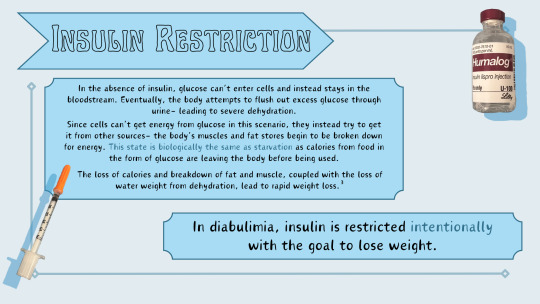

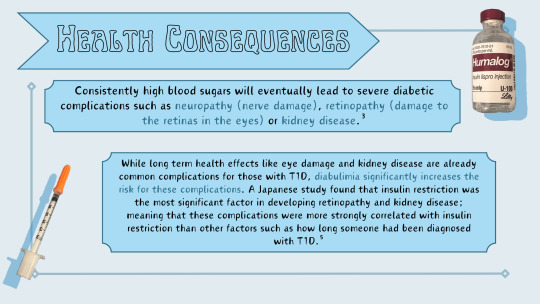


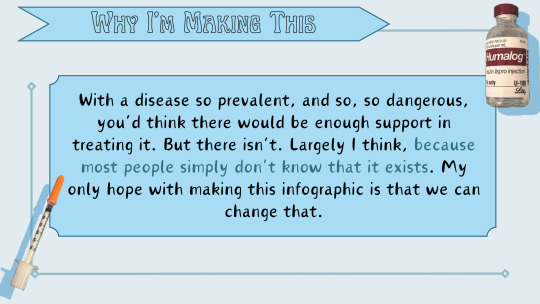
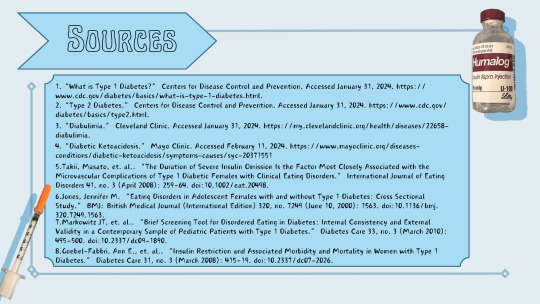
Transcript Below
Diabulimia- Diabulimia is the informal term for an eating disorder specific to type 1 diabetics in which someone with the disorder intentionally restricts their insulin in order to lose weight. Although not listed as an official diagnosis in the DSM-V, it is an incredibly prevalent and dangerous eating disorder.
Type 1 Diabetes- Type 1 diabetes (T1D) is an autoimmune disorder of the pancreas. Typically, the pancreas secretes insulin, a hormone that takes glucose from the blood and moves it into cells in order to be used as energy. However, in T1D, the body attacks itself and destroys the cells that secrete insulin. Without insulin, glucose from food sits around in the blood and builds up– causing a condition called hyperglycemia.¹ There’s currently no cure for T1D, so patients with the condition need to take insulin as injections or delivered through an insulin pump. T1D is irreversible, and life long, so patients need to take insulin for the rest of their lives.¹ T1D and type 2 diabetes (T2D) are not the same. In T2D, the pancreas still has insulin secreting cells; however, the body can’t properly use the insulin due to a high level of insulin resistance.² Because of the differences between T1D and T2D, diabulimia can only occur in those with T1D.
Insulin Restriction- In the absence of insulin, glucose can’t enter cells and instead stays in the bloodstream. Eventually, the body attempts to flush out excess glucose through urine– leading to severe dehydration. Since cells can’t get energy from glucose in this scenario, they instead try to get it from other sources– the body’s muscles and fat stores begin to be broken down for energy. This state is biologically the same as starvation as calories from food in the form of glucose are leaving the body before being used. The loss of calories and breakdown of fat and muscle, coupled with the loss of water weight from dehydration, lead to rapid weight loss.³ In diabulimia, insulin is restricted intentionally with the goal to lose weight.
DKA- In the short term, diabulimia leads to frequent urination and severe dehydration, immense fatigue and nausea and vomiting.³ If left untreated, these high blood sugars will eventually lead to a condition called Diabetic Ketoacidosis (DKA). DKA occurs when fat is broken down in the body. The breakdown of fat releases acidic compounds called ketones. Eventually, with enough build up of ketones, the blood itself becomes acidic and may eventually lead to coma or death.⁴ DKA must be treated in a hospital setting; and as such, is often the way that diabulimics are first treated for their eating disorders.
Health Consequences- Consistently high blood sugars will eventually lead to severe diabetic complications such as neuropathy (nerve damage), retinopathy (damage to the retinas in the eyes) or kidney disease.³ While long term health effects like eye damage and kidney disease are already common complications for those with T1D, diabulimia significantly increases the risk for these complications. A Japanese study found that insulin restriction was the most significant factor in developing retinopathy and kidney disease; meaning that these complications were more strongly correlated with insulin restriction than other factors such as how long someone had been diagnosed with T1D.⁵
Prevalence and Risk- When compared to girls without T1D, those in the same age range that were diagnosed with T1D were around 2.4 times more likely to have an eating disorder ⁶ One study that surveyed 112 teens with T1D found that around 27% restricted insulin dosages ⁷ An 11-year study found that those with T1D who restricted insulin had a risk of death 3.2 times higher than diabetics who did not ⁸
Why I'm Making This- Accessing treatment for diabulimia is incredibly difficult. When I first began to look for inpatient eating disorder treatment, I was turned down from every residential and inpatient facility in my state. The only reason I got into a residential that time was because my mom is a very determined and very convincing woman (she threatened to sue them). And that isn’t even accounting for the lack of diabulimia specific treatment. My last time in treatment, the hospital I was at recommended I enter inpatient; however, there ended up being only a few inpatient centers with diabulimia experience in my country-- the closest one rejected me because they couldn’t find an endocrinologist to oversee my diabetes care. This lack of treatment is especially dangerous with how severe the health consequences of diabulimia are. In fact, since beginning work on this infographic, I found out I may have kidney damage. Yes, as a result of diabulimia. I also have permanent eye damage, neuropathy, and I’m finally (3 months after leaving the hospital) recovering from the short term health consequences of my disorder. And even I am luckier than a lot of other diabulimics. With a disease so prevalent, and so, so dangerous, you’d think there would be enough support in treating it. But there isn’t. Largely I think, because most people simply don’t know that it exists. My only hope with making this infographic is that we can change that.
Sources:
1- “What is Type 1 Diabetes?” Centers for Disease Control and Prevention. Accessed January 31, 2024. https://www.cdc.gov/diabetes/basics/what-is-type-1-diabetes.html.
2- “Type 2 Diabetes.” Centers for Disease Control and Prevention. Accessed January 31, 2024. https://www.cdc.gov/diabetes/basics/type2.html.
3- “Diabulimia.” Cleveland Clinic. Accessed January 31, 2024. https://my.clevelandclinic.org/health/diseases/22658-diabulimia.
4- “Diabetic Ketoacidosis.” Mayo Clinic. Accessed February 11, 2024. https://www.mayoclinic.org/diseases-conditions/diabetic-ketoacidosis/symptoms-causes/syc-20371551
5- Takii, Masato, et. al.. “The Duration of Severe Insulin Omission Is the Factor Most Closely Associated with the Microvascular Complications of Type 1 Diabetic Females with Clinical Eating Disorders.” International Journal of Eating Disorders 41, no. 3 (April 2008): 259–64. doi:10.1002/eat.20498.
6- Jones, Jennifer M. “Eating Disorders in Adolescent Females with and without Type 1 Diabetes: Cross Sectional Study.” BMJ: British Medical Journal (International Edition) 320, no. 7249 (June 10, 2000): 1563. doi:10.1136/bmj.320.7249.1563.
7- Markowitz JT, et. al.. “Brief Screening Tool for Disordered Eating in Diabetes: Internal Consistency and External Validity in a Contemporary Sample of Pediatric Patients with Type 1 Diabetes.” Diabetes Care 33, no. 3 (March 2010): 495–500. doi:10.2337/dc09-1890.
8- Goebel-Fabbri, Ann E., et. al.. “Insulin Restriction and Associated Morbidity and Mortality in Women with Type 1 Diabetes.” Diabetes Care 31, no. 3 (March 2008): 415–19. doi:10.2337/dc07-2026.
#type 1 diabetes#type 1 diabetic#diabulimia#national eating disorder awareness week#neda#eating disorder recovery#diabulimia recovery#mental health#mental health awareness#national eating disorder awareness#diabetes#i tried to make it like an infographic but i write too much and so it's more like a powerpoint... oops...#anyways idk i just wanted more info about this to be out here so i made this#please reblog it would mean a lot <3#zelle.txt
14 notes
·
View notes
Photo

108 notes
·
View notes
Text



Paranoia vs. Anxiety: How to Spot the Difference
19 notes
·
View notes
Text


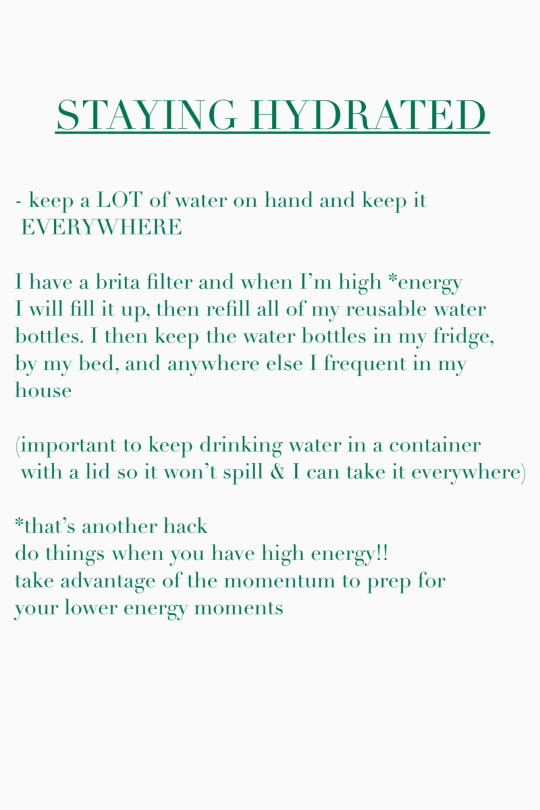
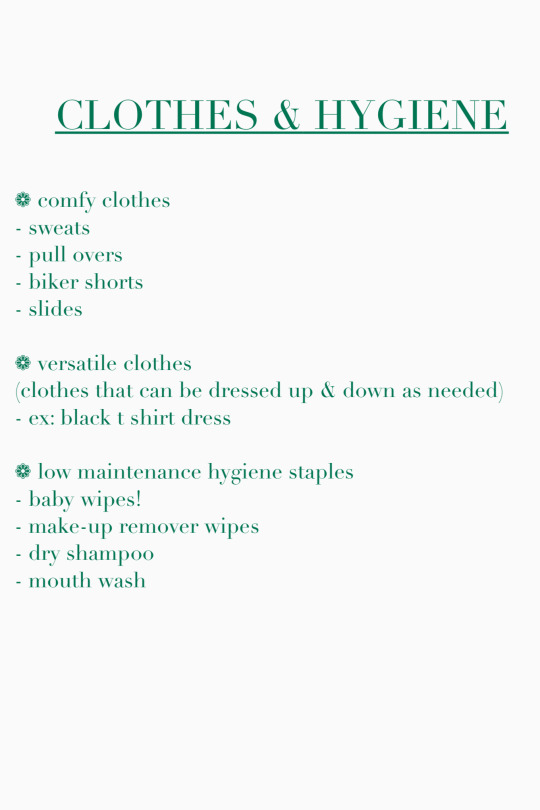



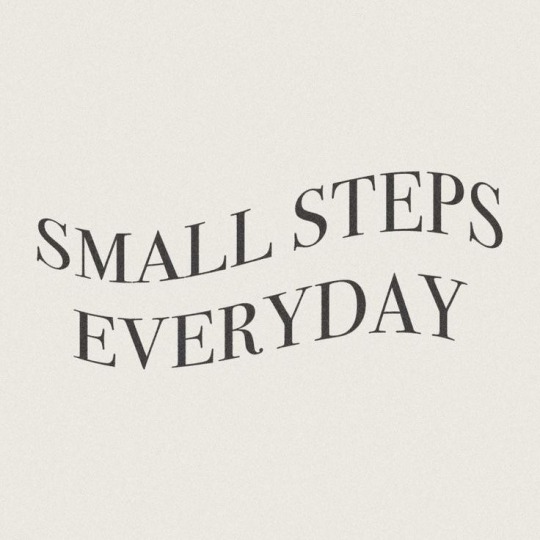
#reminders#self growth#self care#focus#routine#healthy#healthy girl era#healing#mental health#depression hacks#444#777#infographics#clean girl#pinterest girl#mine#t
18 notes
·
View notes
Text
Glass Children Info & Masterpost
Only recently being recognized as a huge trauma itself, I’ve seen nothing on Tumblr being posted about glass children. And as a glass child myself, which is a part of the reason I’ve struggled severely with mental illness, especially in my early teen years, it can be very upsetting. However, it’s still incredibly popular to view what we experience as invalid and that we should “appreciate we aren’t like them” (which is incredibly insulting to both parties and I hate hearing it). Idk if this will get any notes, but I wish someone told me what I went through is valid and a real thing and I hope maybe this will show one person the same:
Glass Child: siblings of a person with a disability. The word glass means people tend to see right through them and focus only on the person with the disability. 'Glass' is also used because the children appear strong, but in reality are not. These children have needs that are not being met.
The term was popularized and recognized in Alicia Maples’s “Recognizing Glass Children” TedTalk posted in December, 2010 in which she talks about her experience growing up with a severely Autistic brother.
It is important to acknowledge that the disabled sibling plays no role in the conditions and problems a glass child endures as they did not choose to have a disability. The conditions and problems are a product of bad parental management and being a victim of circumstances. As a child, not understanding this bigger pictures may sometimes cause a glass child to see their sibling as the problem, but it is important to stress the sibling has no part in it.
Examples of challenges glass children experience during childhood:
Severe emotional and or physical neglect from guardians
Severe pressure to be the “perfect” kid
Feeling as if you must help others before yourself
Strong anger of not having a “normal” family, but feeling shame for feeling anger.
Putting in extra effort to appear okay even when they aren’t
Taking on the tasks (both physical and or mental) that are reserved for parents
Feelings of hopelessness
Hyper-vigilance and anxiety
Feeling of being taken for granted
These experiences during childhood follow you into teenage years and adulthood.
Symptoms a glass child can show later in life:
Trauma-related mental illnesses (ex: anxiety, depression, PTSD, personality disorders, eating disorders, etc.)
Self-sabotaging or self-injurious behavior(s)
Low self esteem
Putting other’s needs before one’s own, even at their own expense
Lack of self identity or never developing their own personality
Hyper-vigilance to an inappropriate degree
Extreme sensitivity
Struggles with trust and or vocalizing feelings and needs
Difficulty in adjusting to new, unexpected situations
Avoidance of any form of conflict to the point where it has negative impacts on day to day life
Learn More:
Glass Child Syndrome And Symptoms
Glass children: The overlooked siblings of the people we treat.
What is a glass child?
How We Can All Help Glass Children
Growing Up a Glass Child
Glass Child Syndrome And Symptoms
Glass children: The lived experiences of siblings of people with a disability or chronic illness
Glass Children
At least from my experience, one of the biggest problems that follows me till this day is being extremely sensitive as to when I feel my feelings or presence is being invalidated. This is not completely my imagination however as the term “glass child” as of now has no place in the DSM-5, any dictionaries, and not even a Wikipedia page despite the years and years of studies and proof showing that the existence and damage of being a glass child is very real and a problem. I myself didn’t know about this term until a few months ago. And that was from TikTok of all places. I hope this makes at least one more person aware that we exist, we are valid, and we are not “the lucky one.” Both the disabled sibling and the glass child(s) deserve the recognition for enduring the hardships life threw at them. We both deserve it.
#mental health#positivity#mental illness#self care#self help#info#mental health information#infographic#mental health infographic#mental illness infographic#glass child#glass children#mentally ill#trauma#childhood trauma#emotional neglect#neglect#actuallyneglected#cptsd#positive vibes#self esteem#love#signal boost#urgent#information#mental health reminders#awareness#mental heath awareness#therapy#vent
117 notes
·
View notes
Text

my project for English class! my partner did most of the design stuff
#transgender#trans#mental health#tw mental health#tw sui ideation#tw sui attempt#mental heath awareness#lgbtq#lgtbqia+#lgbtq community#im sorry for posting such a sad infographic#TRANS PEOPLE ROCK#trans people are valid#project partner not romantic partner
10 notes
·
View notes
Text

101 notes
·
View notes
Photo

It may come as a surprise that something as simple as being stressed for too long can cause long term damage to health. Chronic stress and inflammation are not fun and are conditions that need to be taken note of and given constant attention for daily healing.
Source: https://developingchild.harvard.edu/resources/what-is-inflammation-and-why-does-it-matter-for-child-development/?fbclid=IwAR0FdxCJGAHnQ_9CIUuNjRGPuO_LxcFViszQ1tzkfTCyBPKzVXhO6fJxZrc
#child development#healing#recovery#stress#chronic stress#chronic inflammation#inflammation#infographic#informational#health#mental health#physical health
66 notes
·
View notes
Text

[Photo ID: Purple and white graphic from Thrive Lifeline. Text reads: 'Holiday Guide. Seeing your family can be challenging over the holidays. Here are some ways to reduce the impact and care for yourself and your relationships!' /End ID]

[Photo ID: Text reads: '1. Set boundaries when you can. This can look like saying "If you make negative comments about my partner and/or identity, I will leave the holiday celebration."' /End ID]

[Photo ID: Text reads: 'That is not your fault and doesn't mean you set them wrong. Despite our best efforts, we cannot always control how others interact with us. 2. Sometimes family members won't respect your boundaries.' /End ID]

[Photo ID: Text reads: Give them a heads-up about specific triggers in family situations, expected tensions, and when/how you want them to step in. 3. Prep your partner or anyone you bring to family events.' /End ID]

[Photo ID: Text reads: '4. Have a reason to leave if needed. This can be going home to take care of pets, a friend who can call and ask for your help, a work commitment, or even something like picking someone up from the airport. You don't need to give your family all the details, you can give a vague time estimate and move it as needed.' /End ID]
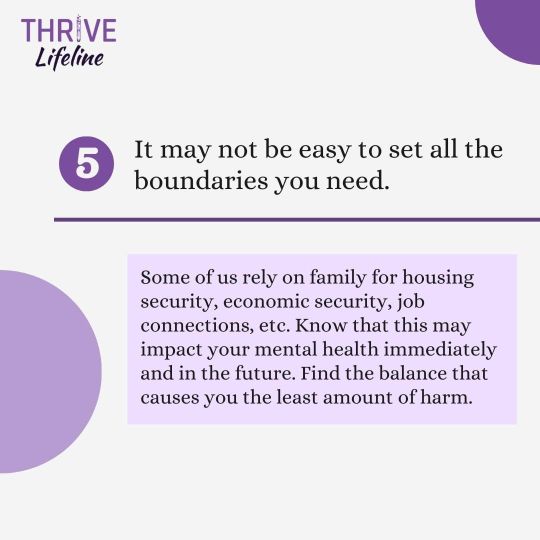
[Photo ID: Text reads: '5. It may not be easy to set all the boundaries you need. Some of us rely on family for housing security, economic security, job connections, etc. Know that this may impact your mental health immediately and in the future. Find the balance that causes you the least amount of harm.' /End ID]

[Photo ID: Text reads: 'Planning aftercare, ideally with people who support and validate your identity and experiences, is important. Make time to vent and share stories, and make time to do things that bring you joy! 6. Have aftercare planned.' /End ID]

[Photo ID: Text reads: 'This can be a challenging time, and know you are not in it alone. Text THRIVE if you need to talk, day or night. +1.313.662.8209. 7. If you need to talk, text us.' /End ID]
#thrive lifeline#mental health#lgbt#queer#trans#transgender#holidays#christmas#infographic#holiday guide#family#boundaries#healing#self care#described
2 notes
·
View notes
Text
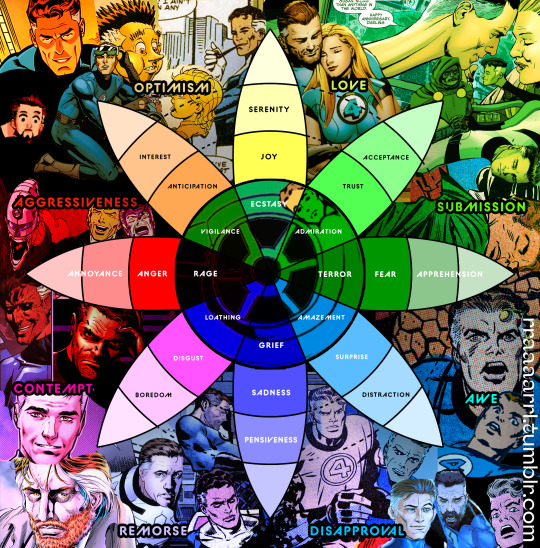
Mister Fantastic's Fantastic Feelings Wheel
For those times when you just can't articulate what your feelings are! Yippee!
Don't forget the Doctor Doom companion piece to go with it!
#reed richards#fantastic four#mister fantastic#my edits#emotion wheel#feelings wheel#mental health#farts and crafts#infographics
37 notes
·
View notes
Text

Reuploaded because I made the last one very deep into the night and therefore I made many stupid typos. Note to self wait until you can keep your eyes open before you post lol.
4 notes
·
View notes